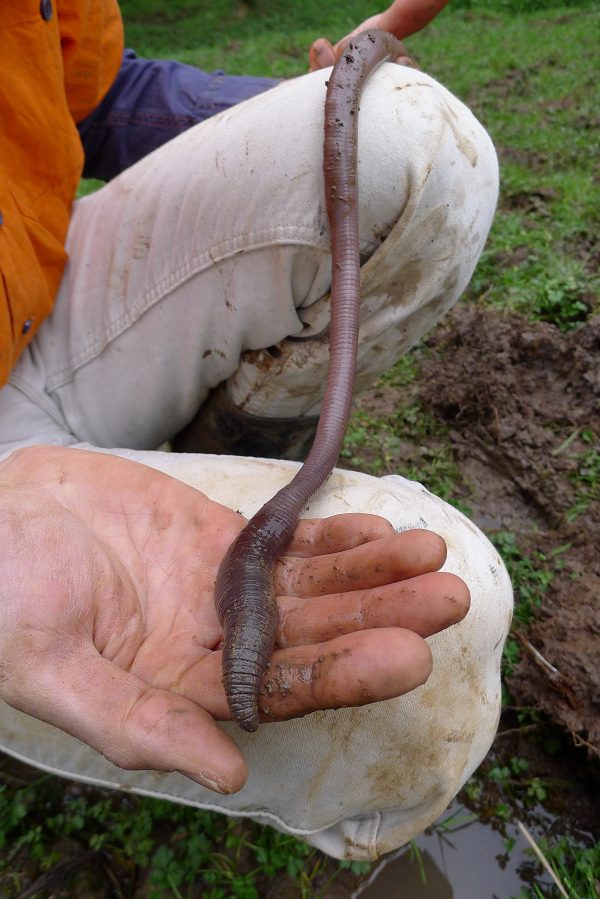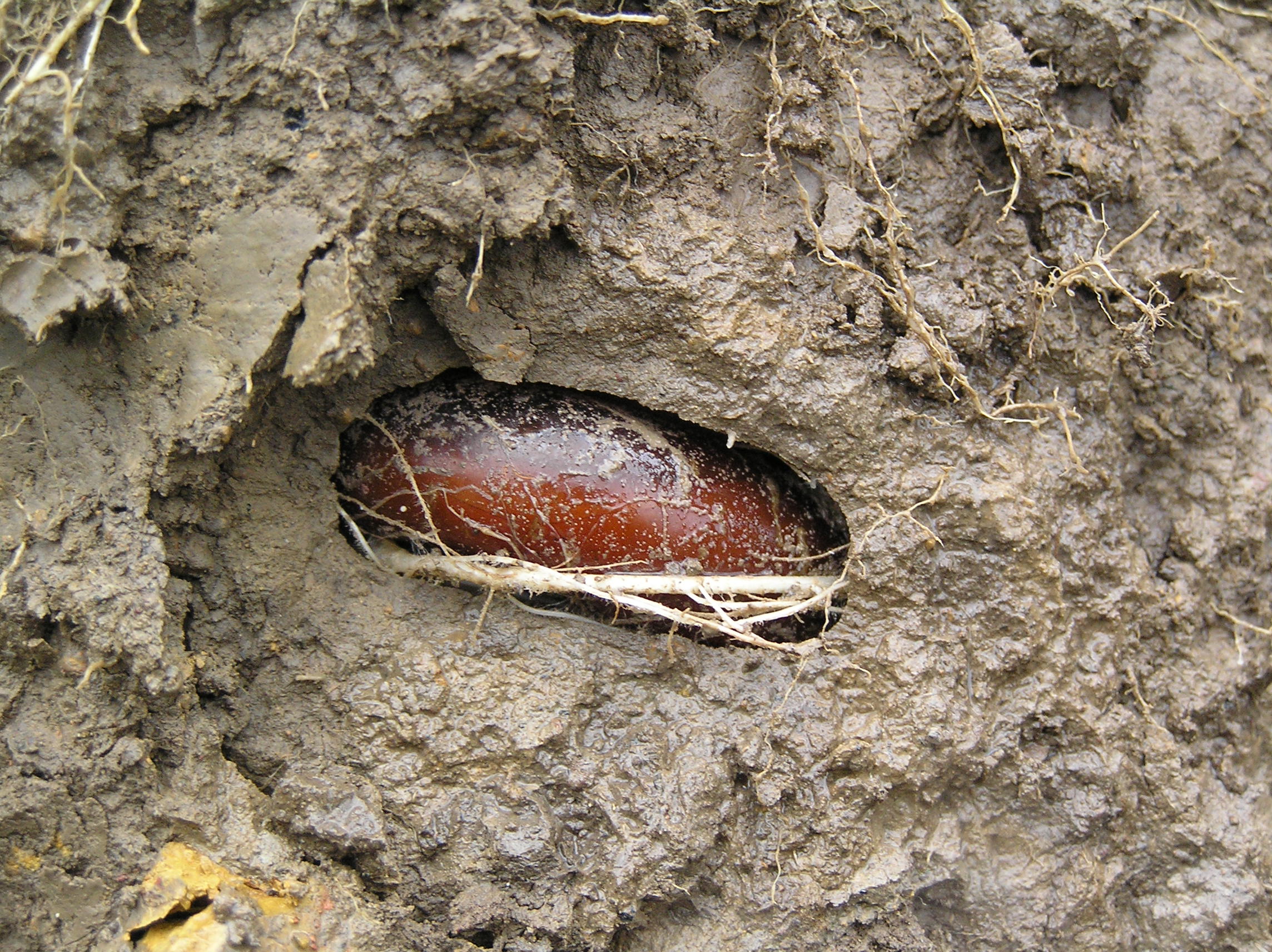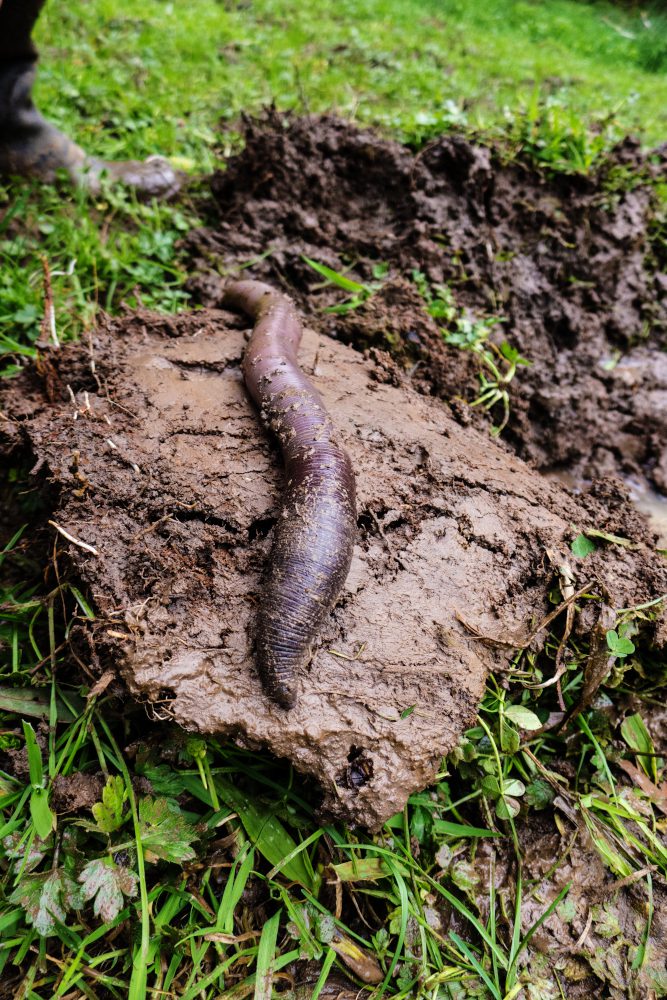Giant Gippsland Earthworm (Megascolides australis)
Who am I?
One of the largest earthworms to roam the underground, I can grow up to 1m in length. My elongated, cylindrical body allows me to squirm through tight spaces beneath the earth’s surface. I’m not often seen as I never come to the surface, but you might mistake me for a snake rather than a worm due to my size!
Where can you find me?
I can only be found in South and West Gippsland, and whilst my entire distribution is not exactly known due to my discreteness, I am known to live amongst the wet gullies and slopes of the upper Bass hills, namely around Korumburra, Bena and Kongwak.
You won’t see me, but you might hear me! Listen out for a gurgling sound like a draining bathtub as you walk along wet gullies. The sound you will hear is me escaping deeper under the earth to retreat to safety!



Why am I threatened?
Agricultural clearing and the flow-on effects of soil stability and moisture have limited my distribution to small pockets within a fragmented region of farmland. I am confined to small areas, without much ability to move throughout the landscape. I am sensitive to minor changes in my climate and local environment, so any major changes to the earth above the surface impacts my home down below.
How can you help?
If you hear us gurgle, please report it and avoid any major excavations or surface clearing in proximity to the area. I will mind my own business if you mind yours, so please just leave me in peace. Avoid overgrazing the area or planting trees because these practices will impact the soil moisture that I need to move around beneath the surface!
Get involved now!
If you have heard or seen a Giant Gippsland Earthworm, please report it HERE
If you want to join our Landcare group and get involved with on-ground works such as planting, weeding and educational activities, sign up HERE
Further information, visit the GGE Project page
Thank you for contributing to protecting a local threatened species!
